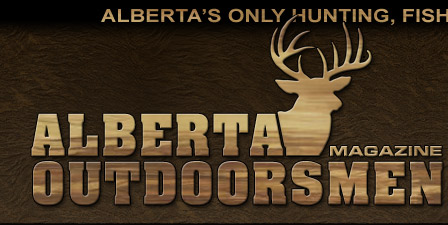 |
Those of you who have followed this space over the last fourteen years have read of my trials in trying to acquire a registered trapline in Alberta. On many occasions I was overrun with frustration and often wondered aloud if it would ever happen. I wrote extensively of idle traplines that needed to be put back into operation at the hands of qualified trappers who were willing to spend the time, and money, to manage a furbearer resource that needs attention. I also listened to the complaints of many who figured these traplines would be better off in their hands than those who held them and weren’t trapping them. And perhaps in many instances those people were right.
But let’s stop and think about this for a minute. Many of those individuals were most likely looking at things through rose-coloured glasses and were more in love with the idea of trapping than the actual trapping, and probably never gave much thought to the expenses of purchasing and operating a trapline.
In my case, I set a number that I was willing to spend on a trapline and then took into consideration everything else I would need. This included some very pricey equipment, including quads, skidoos, trailers for hauling that equipment, as well as trailers and sleds for pulling behind those quads and skidoos while trapping. Never mind a good quality truck for getting everything there and back. Not counting the truck, you could be looking at as much as $30,000.00 after the trapline purchase. And we haven’t even set a trap yet, nor have we considered the maintenance and insurance costs of that equipment.
Now, what about the equipment needed to do the actual trapping? Traps aren’t cheap, a Koro #9 wolf trap with swivels and chain will set you back more than $150.00—that’s just one trap! Considering a trapper needs several types of traps, those costs add up in a hurry, especially if you’re running a trapline better than a couple of townships. One hundred traps and several hundred snares wouldn’t be considered excessive to meet your quotas.
 |
| Getting to the registered trapline isn’t always an easy task. |
Along with those traps comes a lot of other equipment including guns for protection and dispatch, bear spray, marten and mink boxes, weasel boxes, setting tools, safety tools, chainsaws, handsaws, ice chisels, shovels and spades, axes, hammers, files, flagging, snowshoes, the best warm clothing and footwear you can buy, several different styles of gloves, trap chain, stakes and anchors, dyes and waxes, tire chains, rope, hand tools and power tools, various sizes of wire, fleshing beams, forming boards, specialized sewing equipment, push pins, tail strippers and splitting guides, scrapers, fleshing knives, skinning knives, sharpeners, aprons, waders, brushes and a host of lure and bait making products and devices, and I’m sure many things I have forgotten to mention here.
Operating a trapline isn’t cheap and expecting a return on your investment may take one heck of a long time with depressed fur prices. Even with high fur prices, it could take several years to recoup your costs. And don’t forget; quads, skidoos and trucks burn fuel and most registered traplines aren’t out your backdoor. My trapline is a 2 1/2 hour commute from home, and during the coldest winter months when we’re trapping our hardest, fuel consumption is at its highest.
Why did it take me fourteen years to acquire a registered trapline? Only because I knew what I could afford to spend, after I bought the trapline, not before. This is all stuff that needs to be carefully weighed before jumping in with both feet. Trapping is a business that needs to be treated like a business. If it doesn’t make sense financially, then you too could end up being the owner of an idle trapline. ■
For previous Outdoor Pursuits click here.
|


